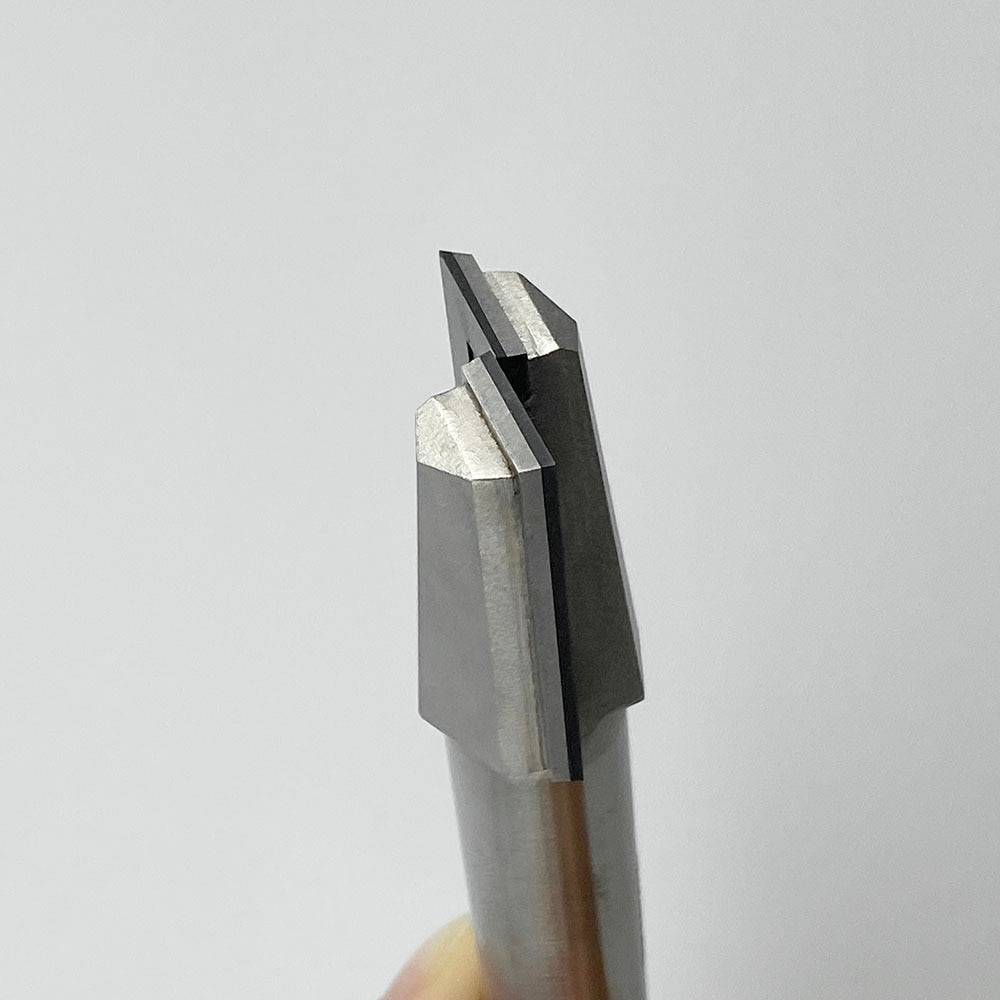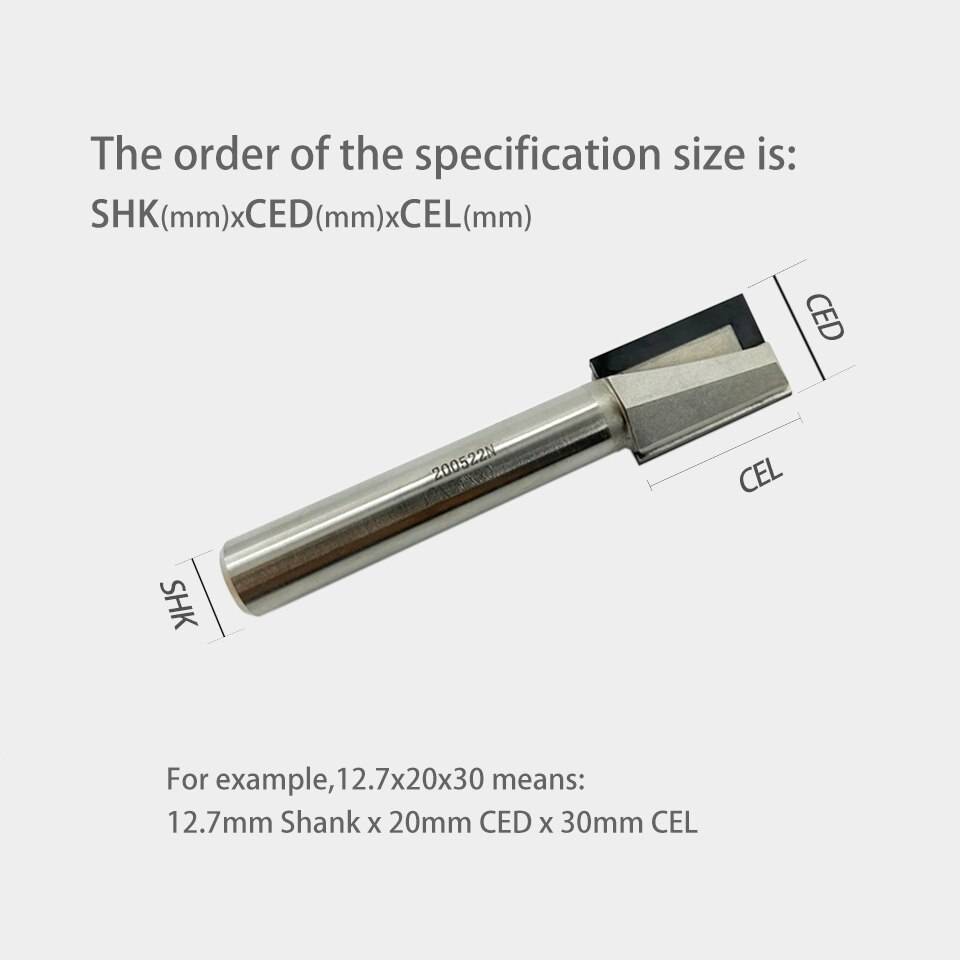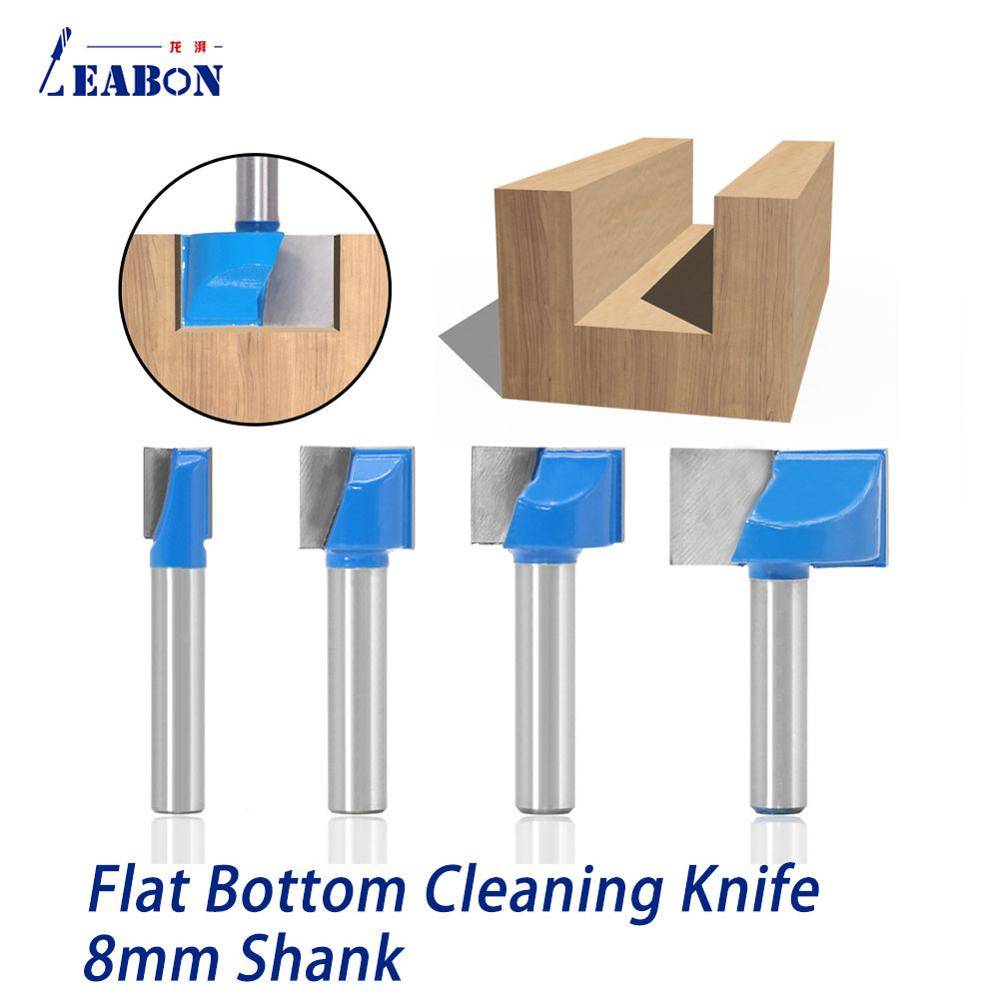Woodworking Accessories Tips
Surface Planning Bottom Cleaning Router Bit for Woodworking
What Is a Bottom Cleaning Router Bit?
A bottom cleaning router bit is a type of CNC or handheld router tool used to flatten the surface of wooden boards and clean out pockets. It is also called a surface planing router bit or slab flattening bit. The primary function is to create a smooth, even surface by shaving off small layers of material from the top or bottom of the wood.
Whether you’re preparing a spoilboard, resurfacing live edge slabs, or cleaning mortises and grooves, bottom cleaning bits are the go-to choice for precision, efficiency, and quality finish.
Key Features of Bottom Cleaning Router Bits

Wide Range of Applications
Metric & Inch Size Chart for ARDEN Bottom Cleaning Router Bits
Available Shank Sizes:
• 1/4 inch (6.35mm)
• 1/2 inch (12.7mm)
Common Cutting Edge Diameters (CED):
From 9mm to 50mm in metric sizes, and 3/8″ to 2″ in imperial sizes.
| Model | Shank (inch) | CED (mm/inch) | CEL (mm) |
|---|---|---|---|
| 1/22515 | 1/2 | 25 mm | 15 mm |
| 1/25015 | 1/2 | 50 mm | 15 mm |
| 1/41215 | 1/4 | 12 mm | 15 mm |
| 1/2*3/4 | 1/2 | 19.05 mm | 13 mm |
| 1/2*1-1/2 | 1/2 | 38.1 mm | 15 mm |
| (Full size chart available upon request) |
📌 If you’re looking for a specific metric or imperial size, contact us – custom sizes and bulk orders are available!

Choosing the Right Bottom Cleaning Bit
1. Shank Size Compatibility:
Check your router’s collet size. Most CNC machines accept 1/2″ or 1/4″ shanks.
2. Cutting Diameter (CED):
For large slabs or spoilboard flattening, choose a wide CED (30–50mm). For trimming smaller areas or cleaning pockets, opt for 9–18mm.
3. Cutting Edge Length (CEL):
Make sure the CEL is deep enough for your routing depth without causing deflection.
Tips for Using Bottom Cleaning Bits Effectively
🔧 Start with a test pass. Adjust RPM and feed rate to avoid chip-out.
🧼 Keep your bit clean. Resin build-up dulls the edges.
🪚 Avoid aggressive cuts. Let the tool do the work — take multiple shallow passes.
📐 Use a flat spoilboard. It ensures the surface stays parallel and even.

